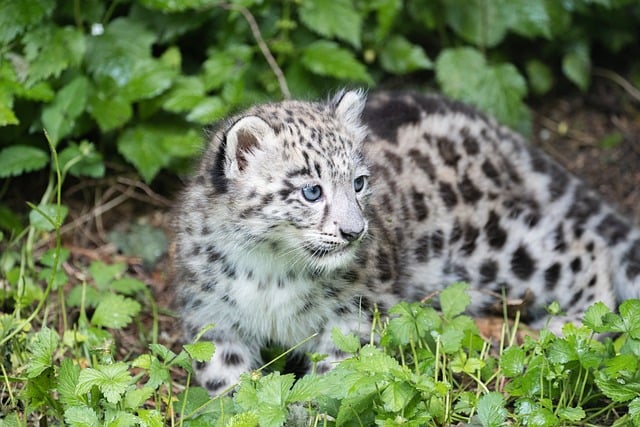The summer can be a wonderful time, with the longest and warmest days in the year. Nature lovers will also enjoy this time, as there are many butterflies, birds learning to fly and a rainbow of wildflowers. Extreme heat and drought can be dangerous for wildlife. In summer, shelter, food and water are all equally important. Our top tips will help you make an impact on nature this summer in your outdoor area.
1. Be a Bee Drinker
The two-minute job can fit on any surface, including a window sill, and is a great way to save bees or other insects. Add some small pebbles and fill a dish with water to make it more interesting. This will allow visitors to drink without fear of falling. Keep the water clean and topped-up regularly. Place it in an area that is partly shaded.
2. Bathing water is available for mammals and birds
In the summer, dehydration is a major problem for wildlife. Birds and hedgehogs may have difficulty reaching juicy insects and worms in dry, solid soil. A decorative bird bath will brighten up your garden. However, any water container is likely to be used for both drinking and washing. Keep it full and clean, and make sure there is a way for guests to enter and exit.
3. Shade trees and shrubs native to your area can be used for shade.
Shade can be a welcome relief for both wildlife and humans. The shade will prevent overheating, and even dehydration for animals with cold blood, such as frogs. The sun's rays will also make food and water last longer. There are many shade-giving plants that work well in gardens. Smaller spaces may be able to accommodate shrubs like guelder rose, dogwood or holly which can also be pruned. The best plants for wildlife in the UK are natives, as they have evolved with each other and can support one another most effectively. These plants are more resistant and easy to maintain.
4. Organise nature highway
To avoid energy waste, healthy wildlife populations require space to roam and shelter at regular intervals. Encourage your neighbours to join you in creating wildlife-friendly corridors. Watering holes and natural food smorgasbords can provide a welcome break and replenishment. Plan pollinator pit stops. A tree or shrub can provide a place for birds to rest and take a breather on their long travels. Hedgehogs, toads, and frogs can also benefit from shortcuts in your garden. They only need a 13cm by 13cm gap to get around fences and wall that are common in cities.
5. How to grow a constant supply of flowers rich in nectar
Growing plants to attract pollinators has become more popular, but do you have any nectar gaps in your garden? You can plan carefully to create a buffet for bumblebees that will last from March until October, their entire active life cycle. Early bloomers such as blackthorn, bugle, and red clover are great for the month of March. Then, add aquilegias, dog roses, and other flowers through summer. For October, add flowers like corn marigolds, poppys and achilleas to finish the season in style.
6. Bird Feeding
All year long, our wild birds will benefit from additional feeding. In the summer months, parents who are new to raising their young flocks may welcome some help. The blue tit can consume up to 100 caterpillars per day, and the adults will have plenty of food to choose from with seven to fourteen eggs being laid each time. Some foods are dangerous to young chicks. Soak dehydrated mealworms for a few minutes in warm water before feeding them. Use feeders and make sure that peanuts do not get taken out whole.
8. When you are out, think about wildlife.
You don't need to confine yourself to one space to help wildlife. Be mindful when spending time outdoors this summer. Your actions can have a negative impact on plants and animals. Keep your dogs in control and stay on the footpath to protect nesting ground birds and fragile plants. This time of the year, be especially cautious of wildfires. In hot and dry weather, BBQs can easily turn into flames which spread to devastate large areas. Enjoy a picnic to keep everyone safe!
9. Limit outdoor lighting
Sitting outside until the wee hours of the morning on a balmy summer night is a joy. But did you realize that your artificial lighting can disturb wildlife, which you are trying to protect? Artificial illuminations can confuse animals that take their cues from the light level. Bright lights attract moths, amphibians, and bats. This can affect their ability to hunt. Birds have been heard singing at night in areas with strong lighting. Use softer lights, and motion-activated security lighting instead of always on or downlighters to reduce the amount of light after darkness.
10. Spend your money wisely
You can support wildlife, no matter what your outdoor area is like. This includes shopping for supplies during the summer and all year round. Choose eco-friendly items that are not harmful to the environment and living things. Spending money on companies that support good causes will send the right message.





0 Comments